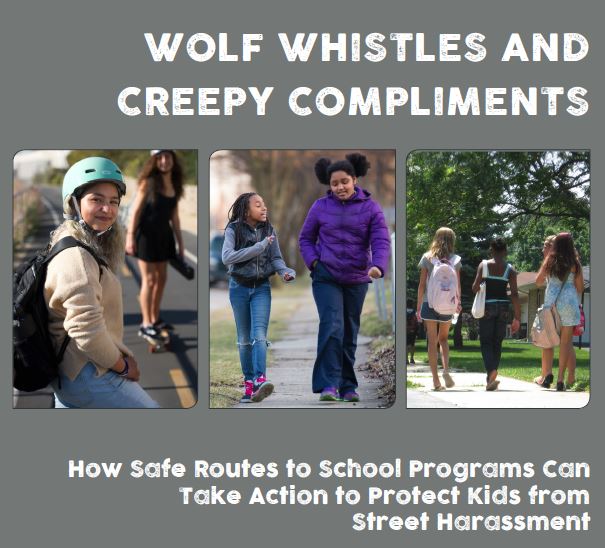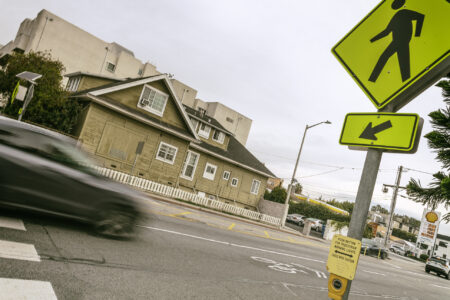
Share On Social!
By the time many girls reach middle school, suggestive comments – along with unwanted touches, demands for smiles from strangers, and other forms of harassment – become a common experience in public places, according to a new report from the Safe Routes to School National Partnership (SRTS).
Street harassment is a major barrier for kids and adults trying to get around on foot, by bicycle, or on public transit. When kids don’t feel safe, it can cause them to miss school and can negatively impact their mental and physical health, as well as academic achievement.
The Wolf Whistles and Creepy Compliments: How Safe Routes to School Programs Can Take Action to Protect Kids from Street Harassment report includes:
- Introduction
- Street Harassment: What, Who, and How?
- What to Do? Approaches to Addressing Harassment
- Taking Action: Applying Lessons to Safe Routes to School Programs
- Talking Points on Safe Routes to School and Street Harassment for Community Partners
Share this report and these sample social media messages:
Street harassment is very common, especially for women, and it often starts young. salud.to/2eLdEIL @SafeRoutesNow @SaludAmerica
Street harassment can have serious effects on students and can affect the trip to school. salud.to/2eLdEIL @SafeRoutesNow @SaludAmerica
Schools and communities play a role in reducing street harassment. salud.to/2eLdEIL @SafeRoutesNow @SaludAmerica
Many youth who take the metro across town endure huge emotional hurdles before school salud.to/2eLdEIL @SafeRoutesNow @SaludAmerica
When kids are harassed on the street, they stop wanting to go outside, which continues to adulthood. salud.to/2eLdEIL @SaludAmerica
By The Numbers
27
percent
of Latinos rely on public transit (compared to 14% of whites).



